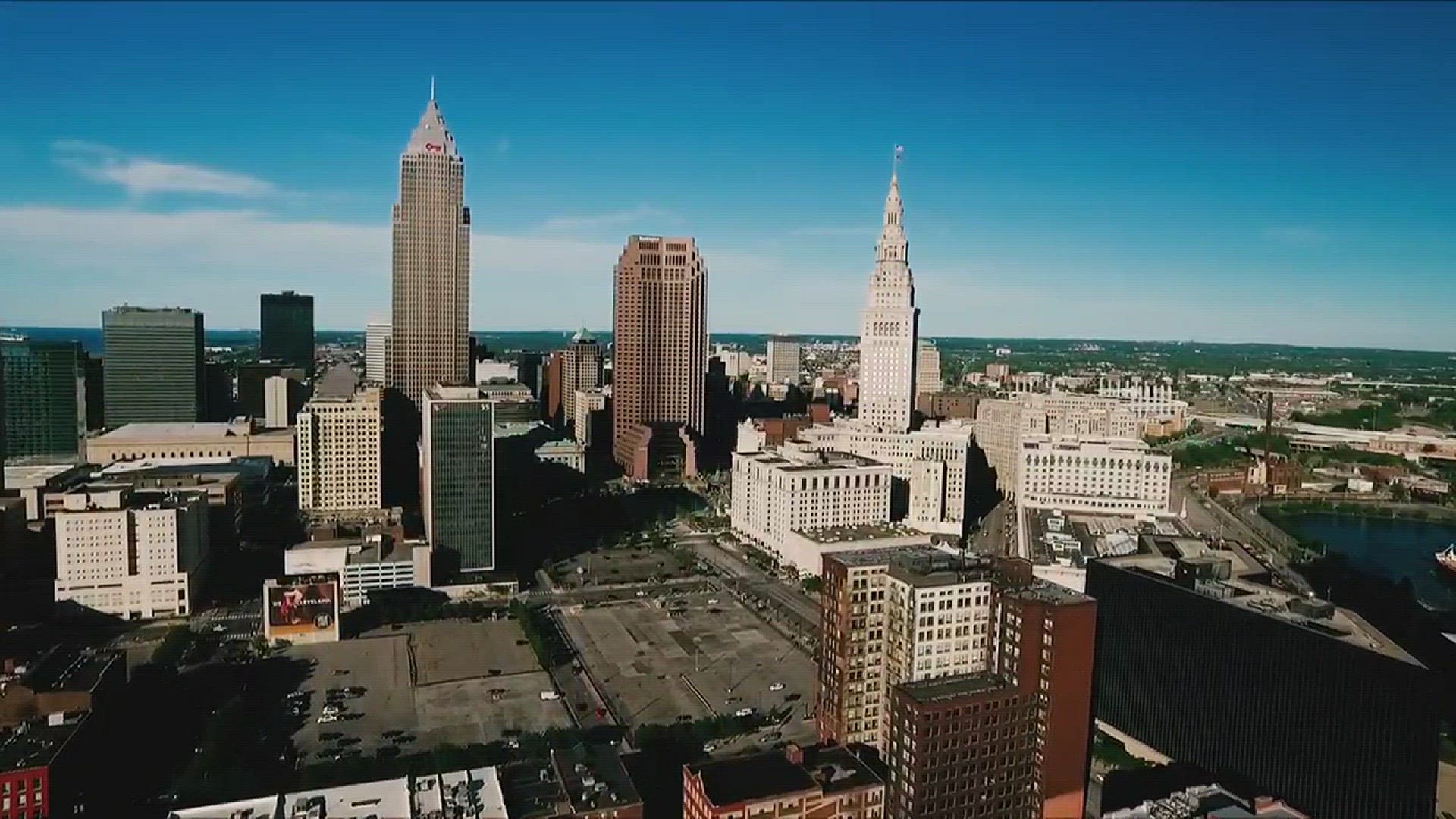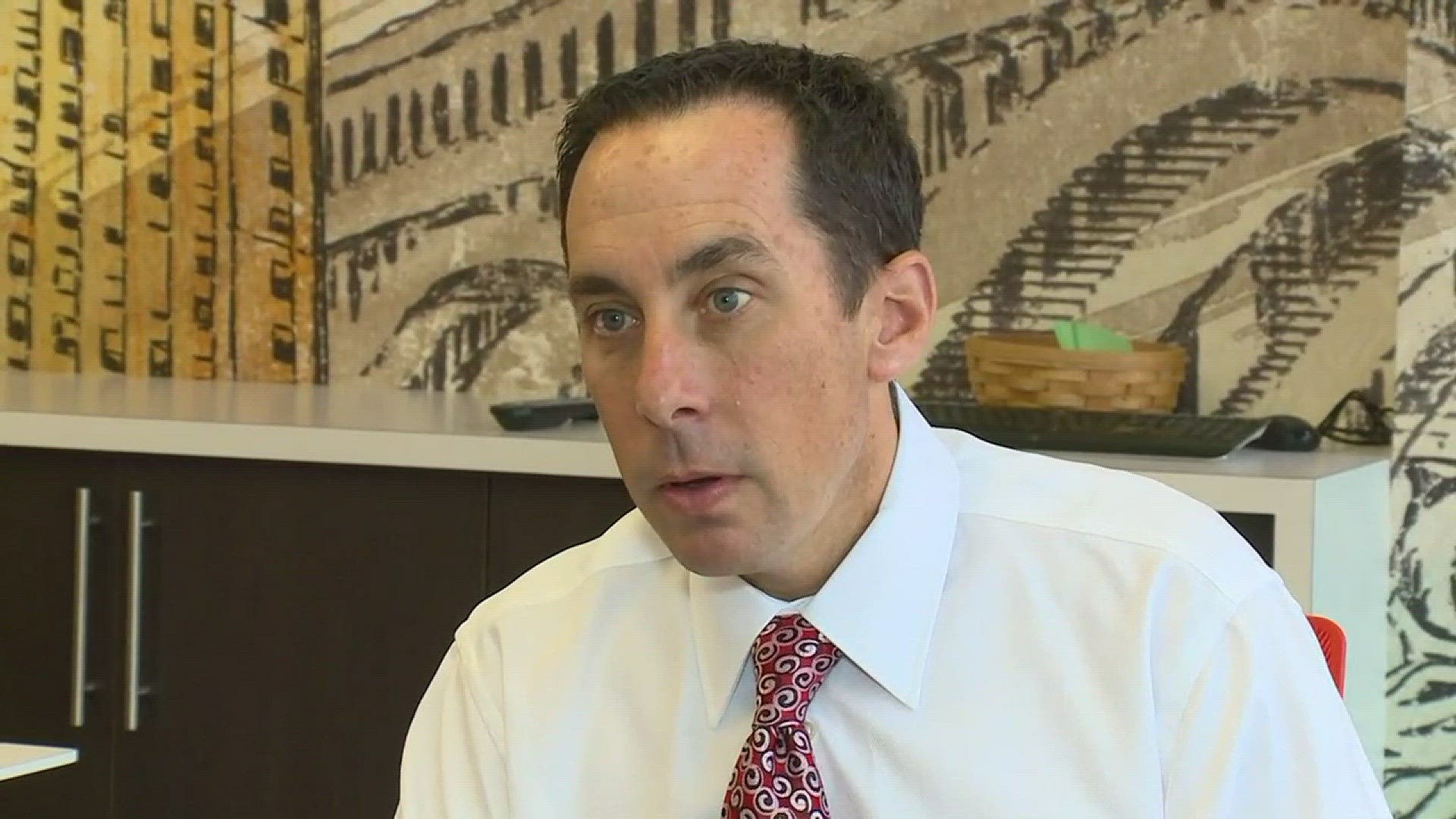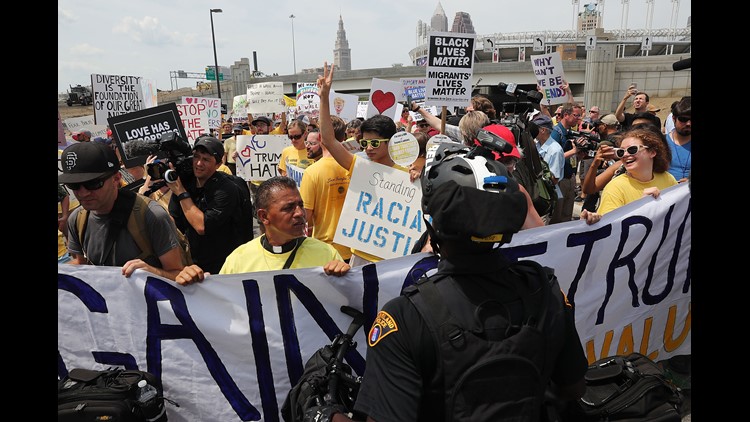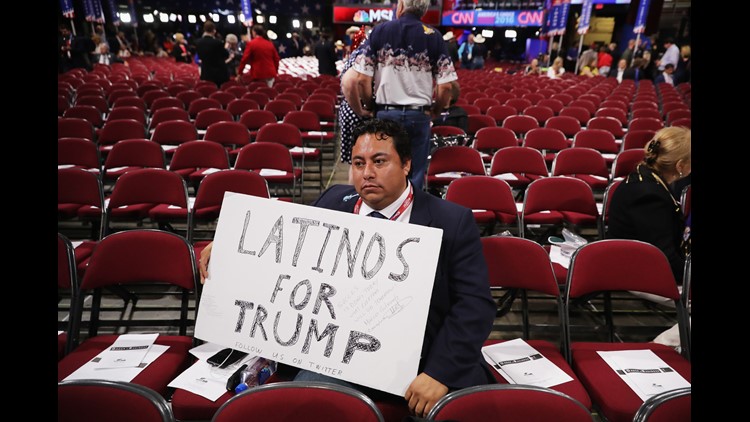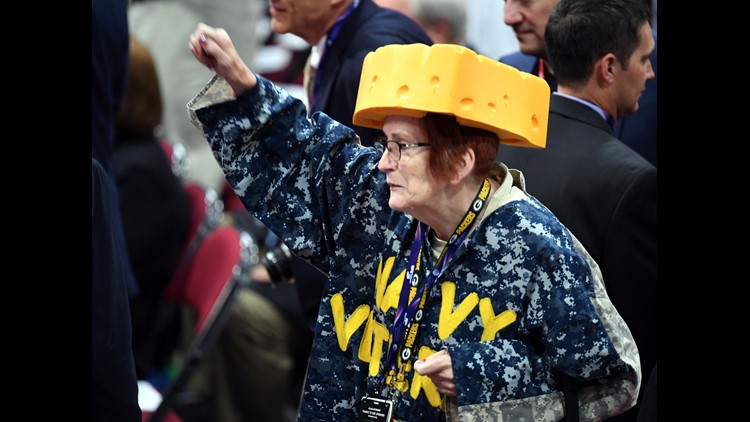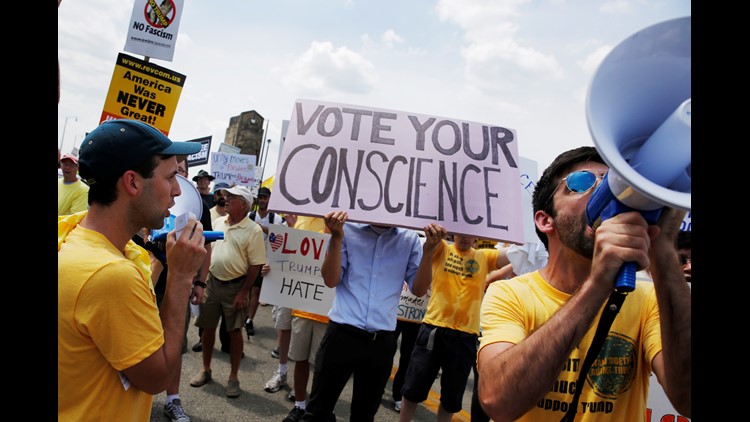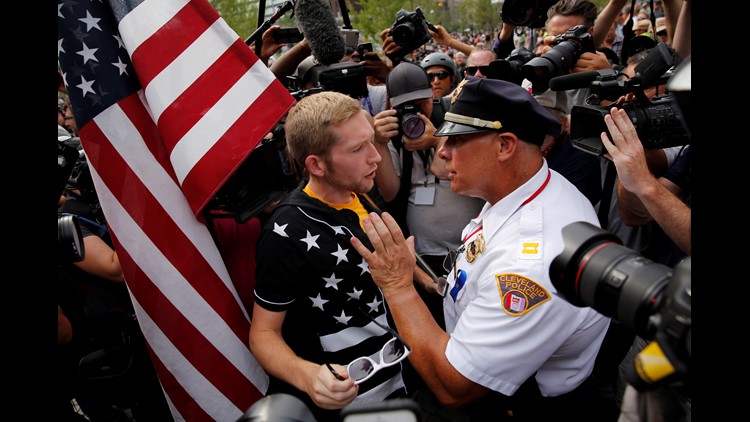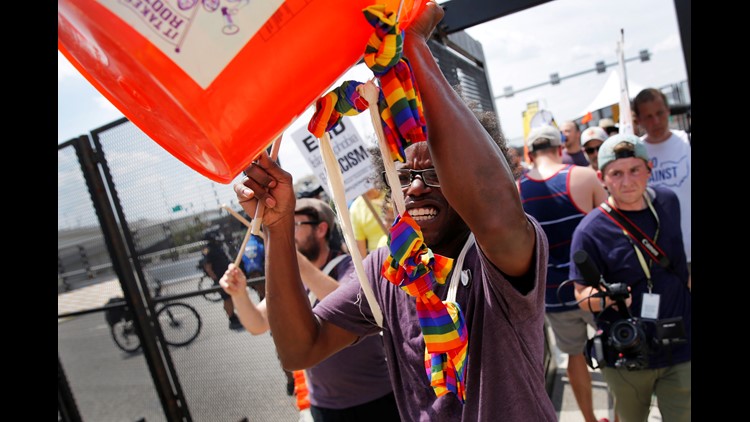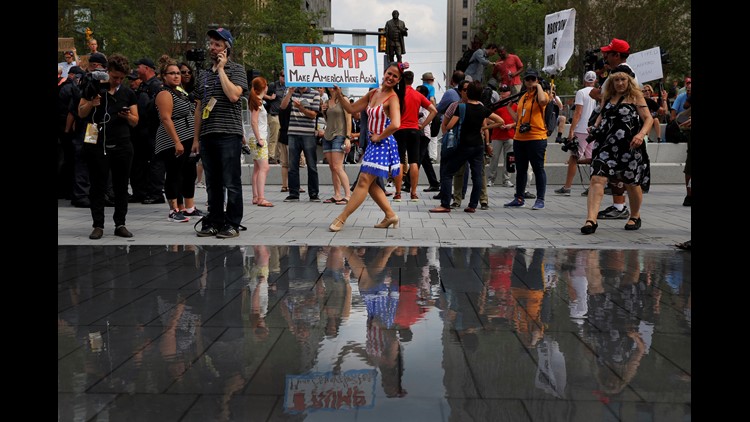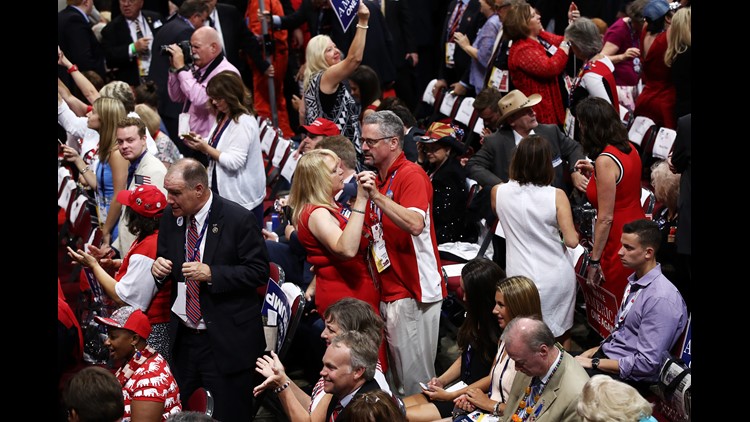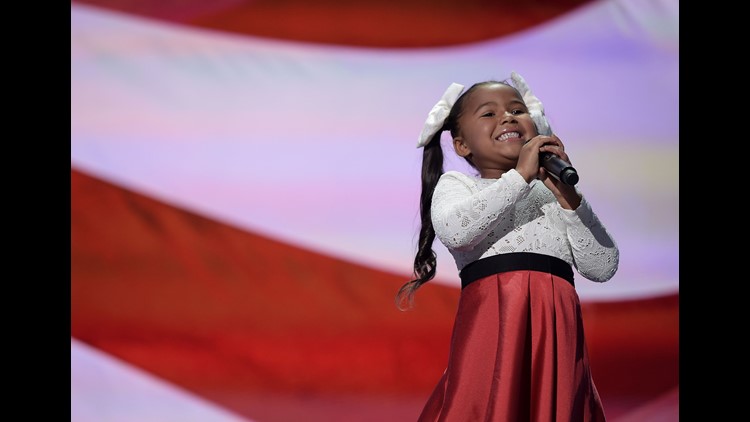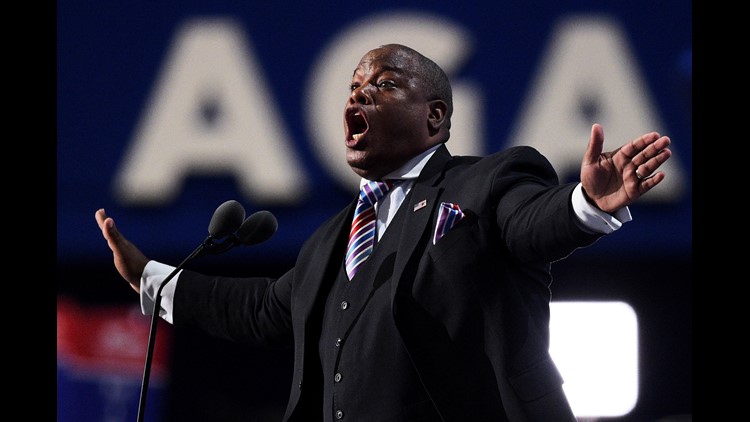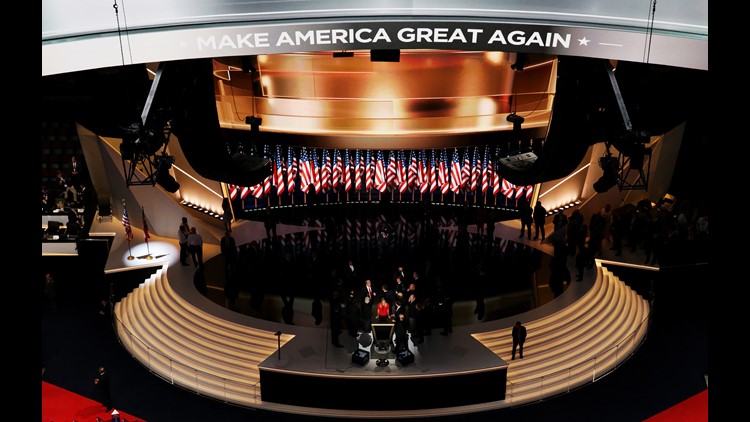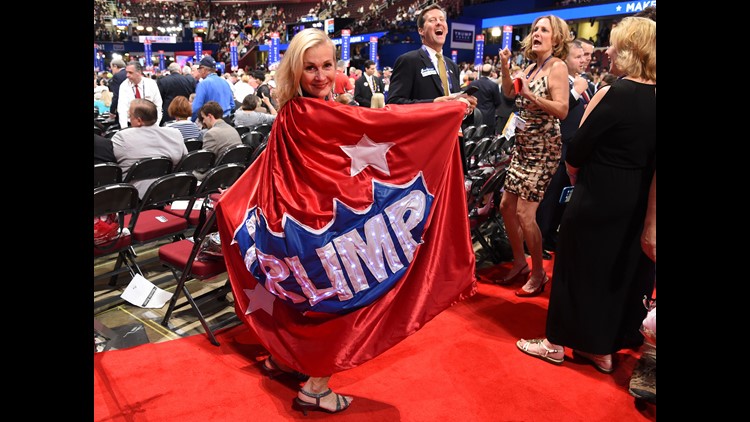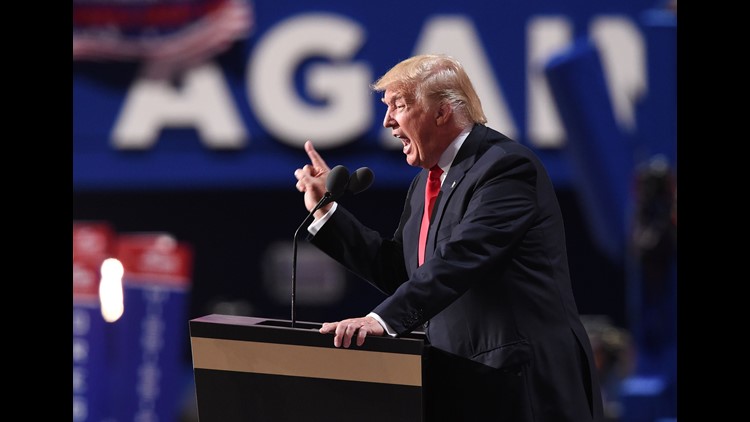It's been more than a year since the Republican National Convention made its mark in Cleveland, leaving residents and businesses wondering how the city fared economically during the convention.
On Thursday, the Cleveland 2016 Host Committee released the numbers.
According to the report which examined the economic impact of seven counties (Cuyahoga, Lake, Geauga, Lorain, Summit, Medina and Erie) across the area, the RNC led to $188.4 million in economic benefit, according to Tourism Economics.
But the host committee had estimated $200 million in direct spending for the 2016 RNC, based on numbers from the 2012 convention in Tampa. Instead, Cleveland's RNC produced $110.1 million in direct spending, a 44.95 percent difference.
The report combined studies of differing methodologies conducted by Tourism Economics and Cleveland State University's Maxine Goodman Levin College of Urban Affairs.
Tourism Economics relied on macro analysis and found that hotels more than doubled their average daily rates and averaged an 88 percent peak occupancy rate across the seven counties. Hotels downtown saw a 99 percent peak occupancy rate. Airbnb bookings increased by more than 300 percent during the week of the convention. Downtown residents who rented their apartments and homes made more than $500,000 that week.
Tourism Economics also found that the RNC led to 1,324 FTE positions, which generated $61.1 million in income. Spending during the RNC led to $10.2 million in state and local tax revenue for the seven counties.
Cleveland State University used a micro approach to analyze downtown hotels and visitors by issuing 296 questionnaires in the Public Square area during the convention.
According to the CSU study, survey participants said words they would have used to describe Cleveland prior to their visit included "rust belt", "dull", "boring" and "dangerous." After experiencing the city, those participants said they'd use words like "friendly", "nice", "safe" and "clean."
Cleveland State estimated the RNC produced $67.8 million in direct spending for a total economic impact of $142.2 million. Researchers noted that, because they used survey-based feedback, "it is likely that not all visitor spending was modeled."
The Host Committee also estimated 50,000 visitors, including the 15,000 credentialed media the week of the convention. According to the report, about 48,000 showed up.
Key stats from 2016 Cleveland RNC:
- $188 million total economic impact
- 15,000 members of the media
- 4,774 convention attendees
- 1,324 jobs supported
- $110 million direct spending
- 3,040 story placements
- 28,200 other visitors
- $61.1 million labor income
- $10.2 million local and state taxes raised
- 10.3 billion impressions
- 104,000 total nights in local hotel rooms
Comparing Cleveland's 2016 RNC to Philadelphia's 2016 DNC:
- CLEVELAND: 48,000 attendees
- PHILADELPHIA: 54,000 attendees
- CLEVELAND: $110.1 million direct spending
- PHILADELPHIA: $132.9 million direct spending
- CLEVELAND: $188.4 million economic impact
- PHILADELPHIA: $230.9 million economic impact
WKYC will sit down with Host Committee President David Gilbert around 10:40 a.m. Thursday to further discuss the economic impact report. It will be streamed live here and on Facebook.
Look back:
PHOTOS | RNC Day Four
July 18, 2017: Investigator | RNC impact study remains MIA
July 22, 2016: Trump praises Cleveland RNC
July 21, 2016: Donald Trump formally accepts GOP nomination for president
July 17. 2016: RNC takeover of E. 4th Street
May 5, 2016: Investigator | Following the RNC money trail
Jan. 13, 2017: Cleveland to host its biggest convention since the RNC

